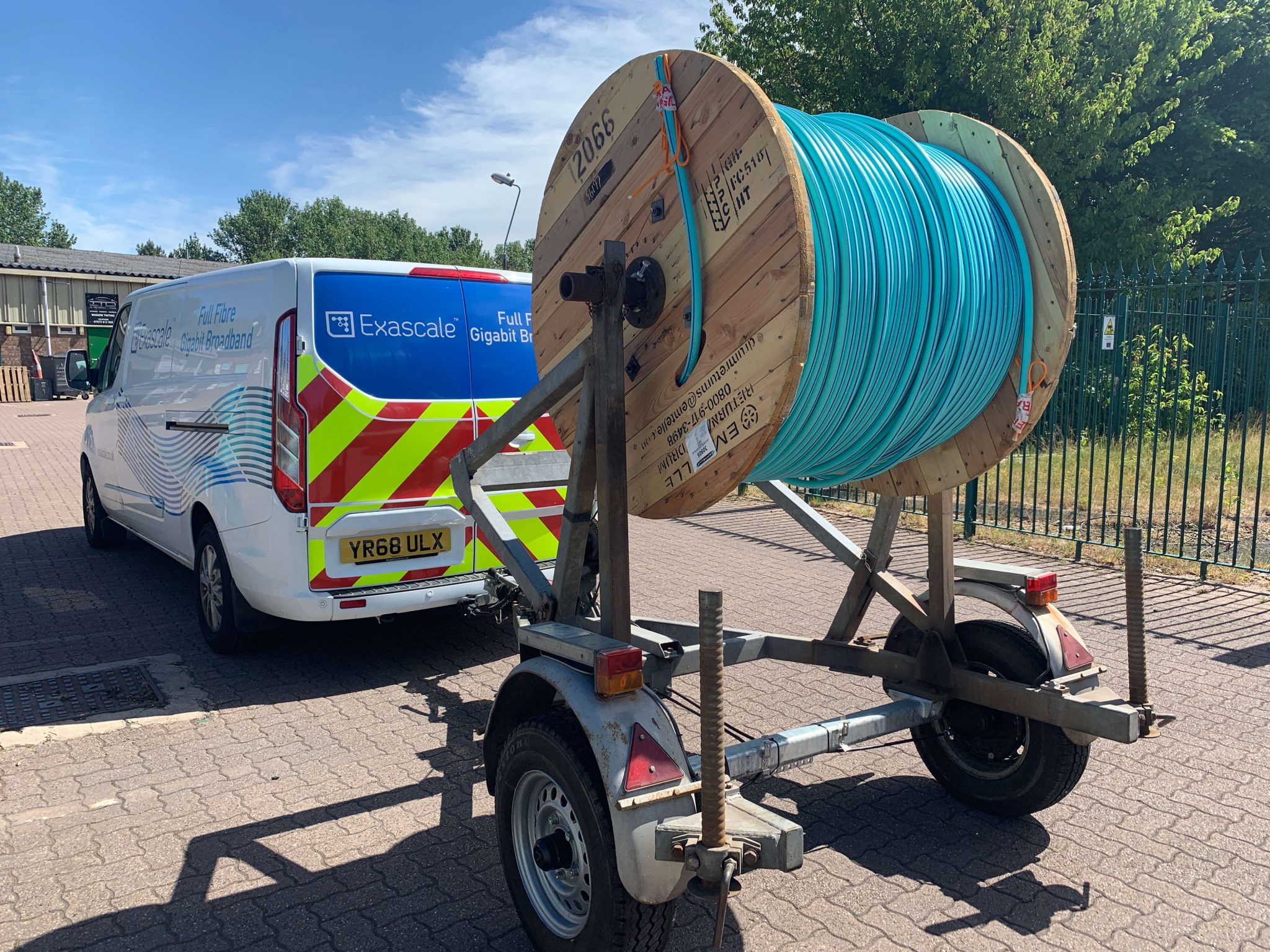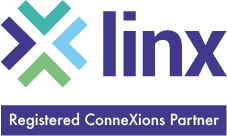
Symmetrical Speeds
Fibre download and upload speeds are symmetrical. For those who might not know the difference between upload and download, when you buy an internet service you are quoted two numbers that indicate your optimum bandwidth. The first is the download speed. This is what has been used traditionally for activities like streaming TV or surfing the Web. The second is the upload speed which you use to upload information to the Internet, like posting videos or sending documents to the cloud.
Traditional services generally offer low upload speeds but as we move to a more technology driven future and we make use of teleconference services such as Zoom, more online gaming, telehealth services and so forth people need upload speeds that match download speeds. Fibre gives you this
A Greener Solution
Fibre is a greener Internet solution, consuming less energy, having minimal ecological impacts, reduces waste and so has a smaller impact on the emission of greenhouse gases.
Fibre infrastructure is very sustainable and withstands the elements better than more traditional networks, this leads to less requirements for maintenance, it is considered future-proof all of which leads to providers expelling fewer resources when replacing fibre
Lower Latency and Attenuation
Latency is the delay in data transfer. It is those few moments between when we tell the Internet to do something and when it does it. One reason that fibre is the best choice for businesses is that it has lower latency than other broadband options, due to its faster speeds and clearer transmissions. Latency is also significant to serious gamers, who are playing games live and need quick reaction times.
Attenuation is the weakening or loss of a signal. There’s minimal signal loss with fibre optics cable meaning they can travel greater distances without the need to boost the signal. Certain fibre connections can be transmitted as far as 20 miles. The distance of transmission in fibre optics is 40,000 meters at 1,000 Mbps, while copper is just 100 meters at 1,000 Mbps.
Lower attenuation is how fibre Internet is still able to provide reliable service in the rural of areas.
Unlimited Data Without Throttling
Many broadband solutions in the more traditional ISP realm involve shared bandwidth, where several locations are all sharing one lump speed. To manage the amount of bandwidth going out, ISPs will use throttling and or data caps.
Throttling is when a provider slows down the speeds going to one location, sometimes during busy hours or after a customer has consumed a certain amount of data. Many of you will have experienced this
Data caps are a slightly more visible means of throttling where the provider sets the amount of data a consumer can use and caps their Internet there. With fibre-optic Internet, customers can use the Internet at their contracted speeds all the time.
Faster Speeds
The number one reason to move to fibre stands out among leading broadband solutions is its bandwidth capabilities. Here at Exascale we can offer Fibre optic Internet at gigabit speeds, meaning 1000/1000 Mbps. This is done by harnessing the speed of light through glass tubes that are as thin as a piece of human hair.
With the average household now having 10 items connected to the internet at any time fibre gives you the bandwidth you need to run all your Internet-connected devices without buffering.





